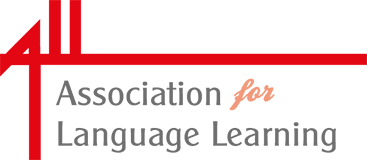In our daily lives, we spend a lot more time tapping at a screen and typing on a keyboard than writing with pencil and pen, so does handwriting tuition still offer anything useful? Absolutely, according to a new study.
Researchers tasked 42 adult volunteers with learning the Arabic alphabet from scratch: some through writing it out on paper, some through typing it out on a keyboard, and some through watching and responding to video instructions.
Those in the handwriting group not only learned the unfamiliar letters more quickly, but they were also better able to apply their new knowledge in other areas – by using the letters to make new words and to recognise words they hadn’t seen before, for example.
“The question out there for parents and educators is why should our kids spend any time doing handwriting,” says cognitive scientist Brenda Rapp from Johns Hopkins University. “Obviously, you’re going to be a better hand-writer if you practice it. But since people are handwriting less, then maybe who cares?”
“The real question is: Are there other benefits to handwriting that have to do with reading and spelling and understanding? We find there most definitely are.”
While writing, typing, and visual learning were effective at teaching participants to recognise Arabic letters – learners made very few mistakes after six exercise sessions – on average, the writing group needed fewer sessions to get to a good standard.
You can read the article in full on the Science Alert.com website here.
The research has been published in Psychological Science.
